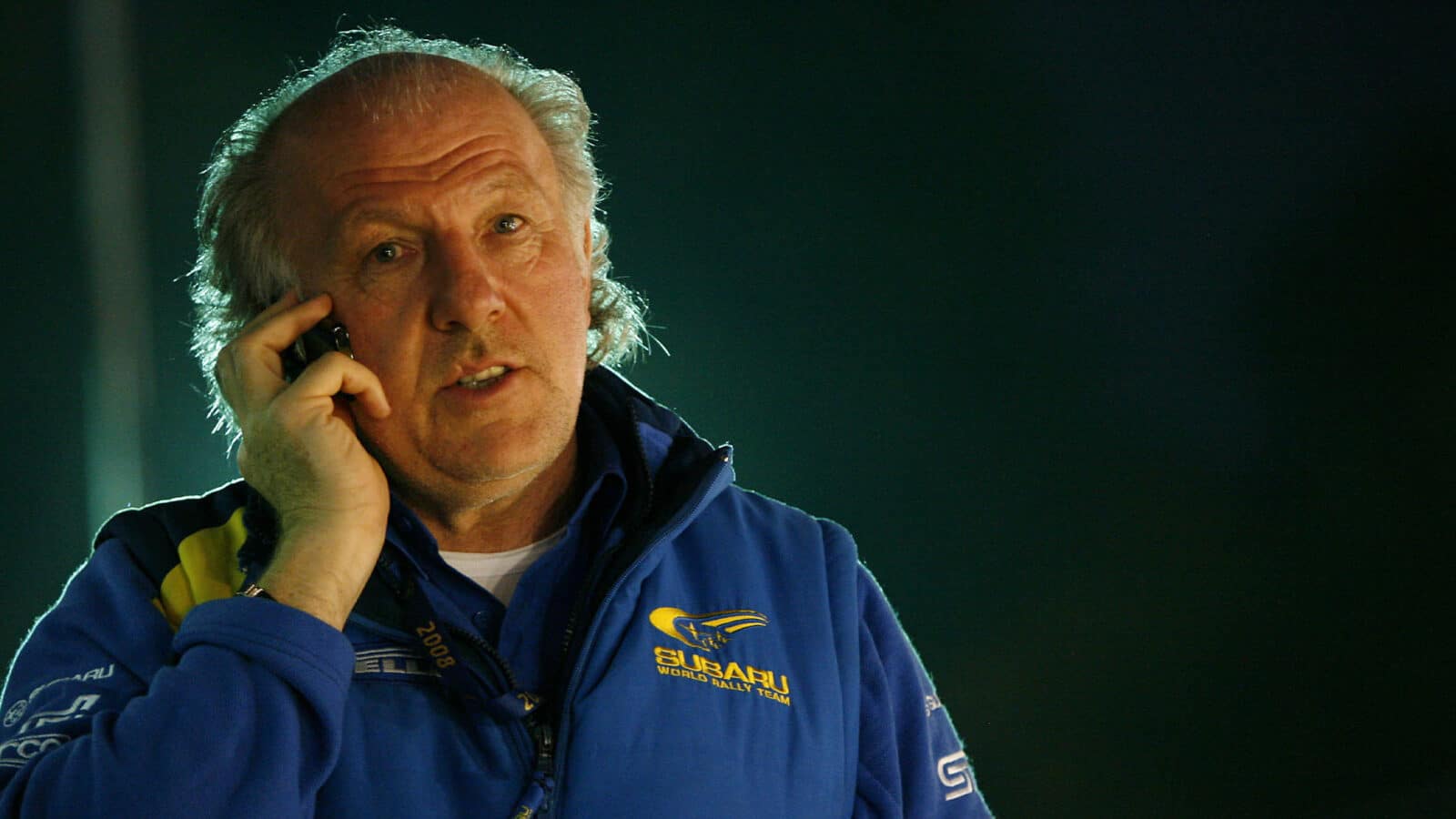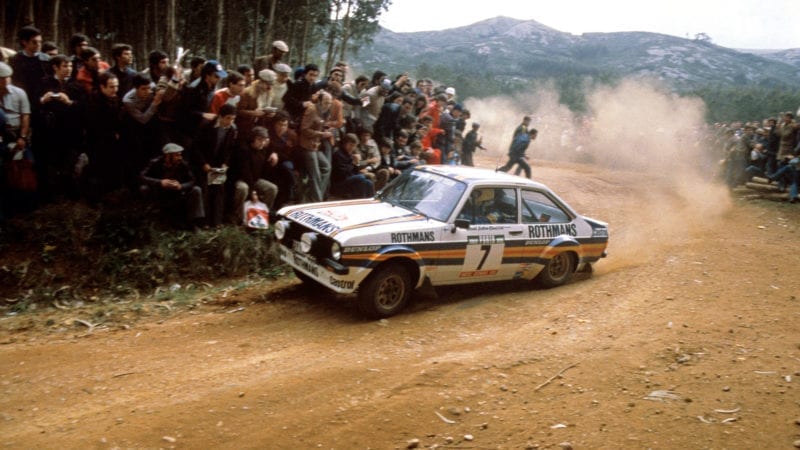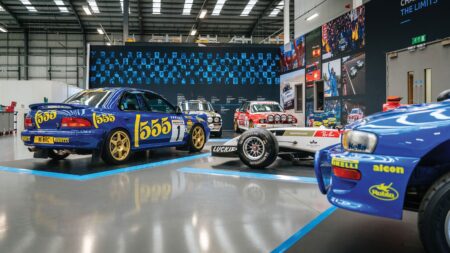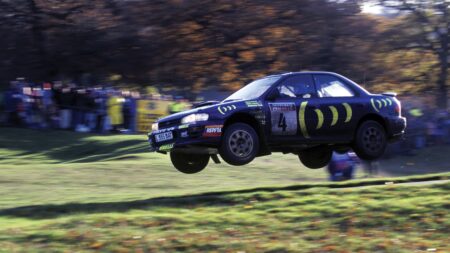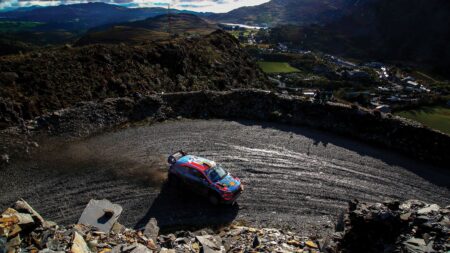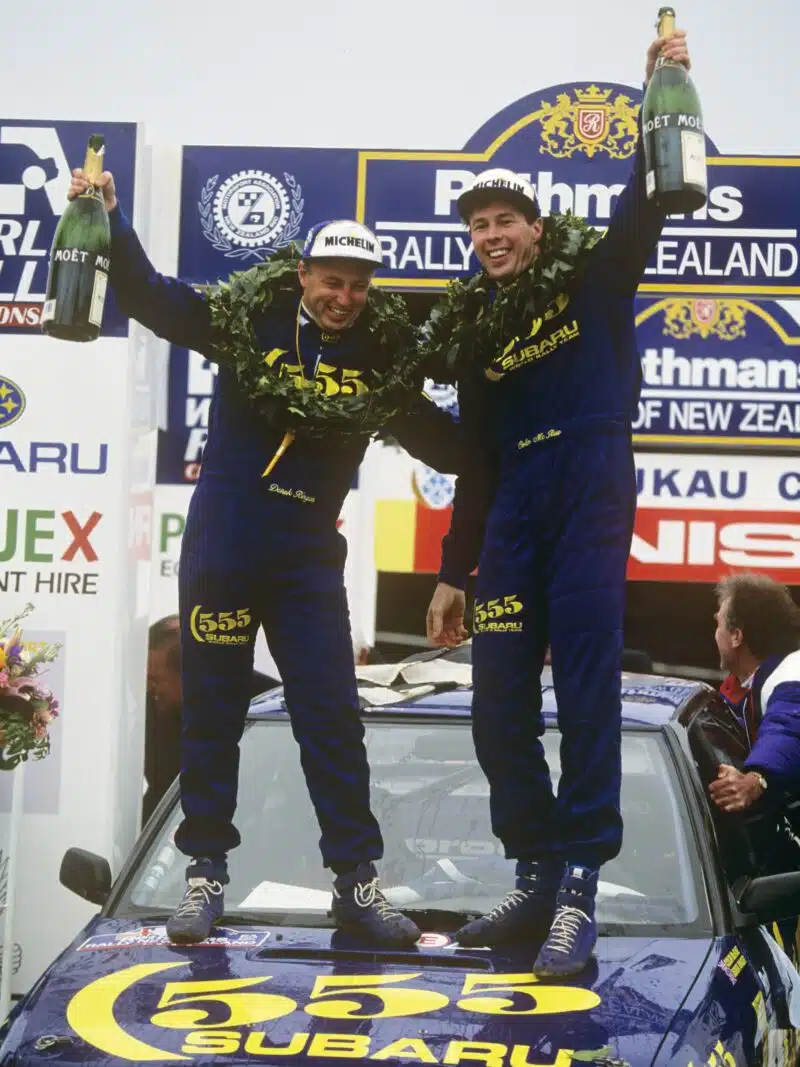On the point of departure from the team, Vatanen talked to Richards and in turn he talked to Rothmans. They were happy to sponsor the pair for a year in the Ford team for £100,000. “In those days, this was a very significant sum of money. So I went along to Peter Ashcroft and said ‘Well, if I bring this sponsorship, do we get to keep the place in the team?’ And that became the arrangement,” explains Richards. Their year started with a Group 2 Fiesta on the Monte Carlo where they finished tenth overall and second in Group 2. From then on, it was Escorts all the way and, in the second half of the year, it became evident that Richards had brought something to the Vatanen equation that produced results rather than accidents. They were fourth on the RAC Rally and wound up fifth in the World Championship standings.
But at the end of that year, Ford made the decision to take a sabbatical from WRC. However, Rothmans had got the bug and Richards was able to broker a deal for the Ford works team to be sponsored by them and run by David Sutton’s private team. During 1980, there were two cars, for Mikkola and Vatanen, and the programme was the British Championship plus a number of WRC events. The British Championship went well and Vatanen and Richards came out as winners but the same could not be said of the WRC. Both Escorts went off on the same bend in Portugal, actually landing on top of one another.
For 1981, the team decided to go all out for the World Championship. Mikkola had left to take up driving duties with Audi and thus it was practically a one-car team. But the remarkable result was victory in the World Championship.
There had been a lot of pressure on the pair of them during that year. Vatanen had been doing his military service with the Finnish Army during 1981, while Richards strove to keep Rothmans interested in the proceedings. Throughout, David Sutton somehow kept all the balls in the air and it was a hard-won victory. But it left Richards wondering whether he wanted to do all that again. The answer was a definitive “no”.
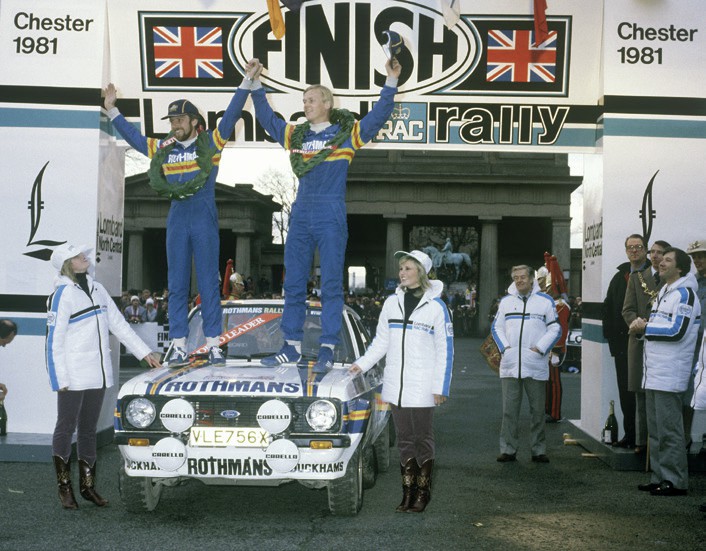
Vatanen and Richards celebrate a second-place finish at the 1981 RAC Rally, having already secured the title earlier in the season
“Since then, I have never sat in a rally car again. Not even in one of our own cars during testing. Richard, Colin – all of them – have asked me to go with them and I have always said ‘no’. I have done that, and now I have stopped. No temptation.”
He set up his own promotions company in Marsh Gibbon near Bicester. “The first major contract was from Rothmans. They asked me to look at their Formula 1 involvement which was with March. I actually advised them not to continue. But I had seen that there was an opportunity to go with Porsche on their sports car programme and that is what they decided to do.” Not a bad bit of advice, as with Jacky Ickx, Jochen Mass and others Porsche won Le Mans, masses of other races and several World Championships in Rothmans livery.
Thus the link with Porsche was formed, and in 1983, when they were starting to look at a Group B car, they consulted Richards’ company. The 959, excellent for long distance events, was too big and heavy for normal rallies so Porsche were persuaded to build 20 special 911SCRS models for rallying. Over the next two years 12 of these came to Prodrive, the new company that Richards had formed. These cars were the foundation of Rothmans Rally Team that had so much success in the Middle East and in European Championship rallies.
